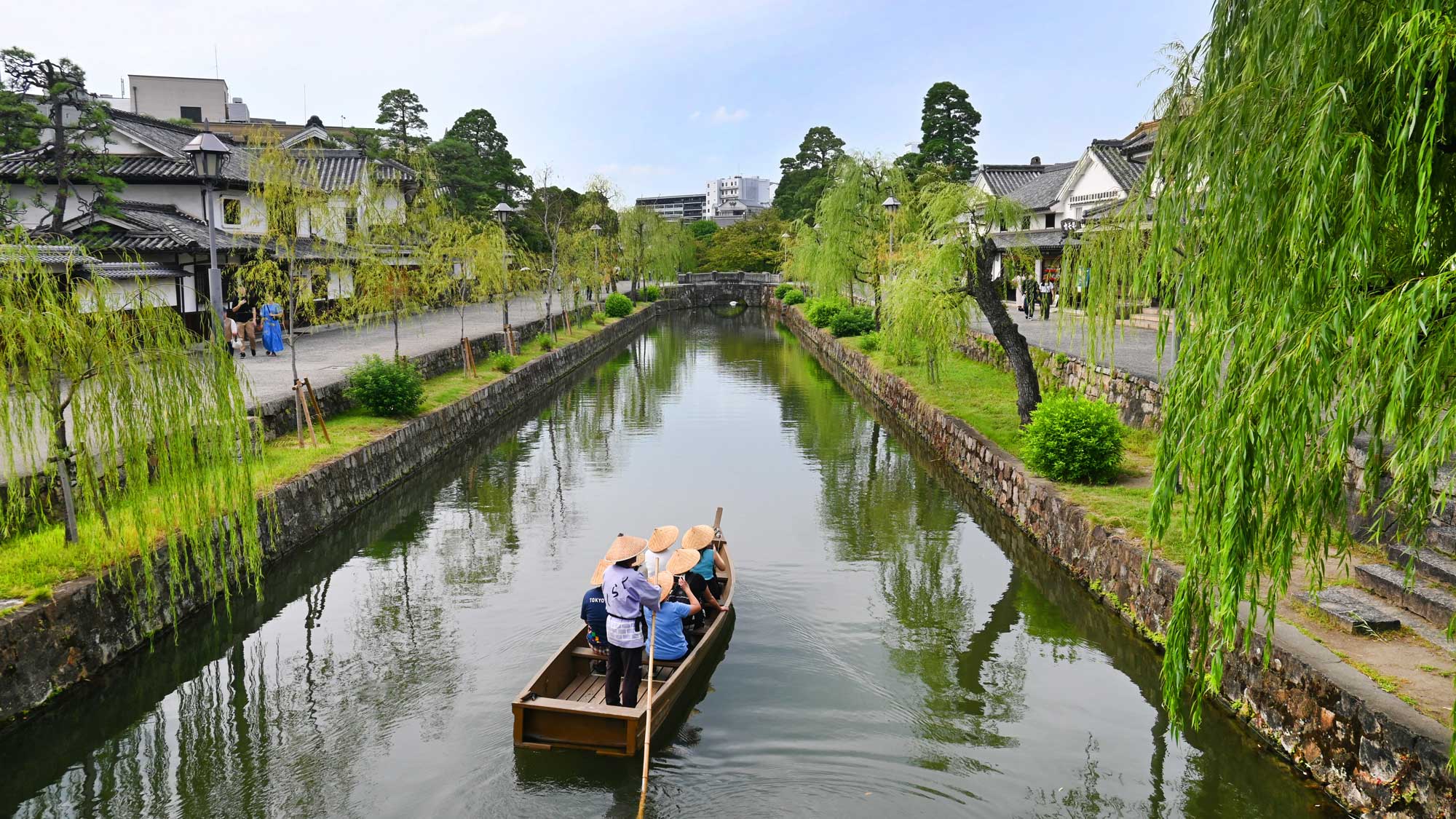
Travel Japan Through Tableware
Written by Team MUSUBI
There’s always a feeling of curiosity that draws us to explore—to follow the breeze, chase the sunlight, and discover something new. In this feature, we journey across Japan not through train rides or plane tickets, but through the artistry of tableware. Each piece reflects its region’s climate, traditions, and local materials, offering a glimpse into everyday life in places near and far. Whether traveling in spirit or gathering ideas for your next adventure, let these handcrafted items guide you.
Table of contents
Akita – The Quiet Craft of Mountain Life
High in Japan’s northern Tohoku region, Akita is known for its cedar forests, snowy winters, and enduring craftsmanship. In the old samurai town of Kakunodate, a unique art form took root more than 200 years ago: kabazaiku, or cherry bark work.

This mountain craft uses the smooth, rich bark of wild cherry trees to create tea canisters, trays, and other exquisite craftworks that age beautifully. The bark is harvested sustainably and applied by hand—a process requiring both precision and patience.
The Yatsuyanagi Frosted Akita Cherry Bark Work Tea Canister pairs rare shimofuri kawa—matte, unprocessed cherry bark rich with natural texture—with a smooth, amber-toned interior made from finely shaved and polished bark, creating a piece that’s both visually striking and deeply rooted in mountain tradition.
How to get there: Take the Akita Shinkansen to Kakunodate: a scenic journey to a town where time seems to stand still and craftsmanship thrives.
Ishikawa – Vivid Traditions from the Kaga Region
In the heart of Ishikawa Prefecture, Kaga culture shines through theater, textiles, and ceramics. And Kutani ware, with its signature overglaze painting in its vivid five-color palette, originated in the mountainous villages around Yamanaka and Komatsu in the 17th century.
This area prospered under the Maeda clan, patrons of the arts who invited skilled craftsmen and artists to develop sophisticated cultural forms. Today, many kilns and studios in Kaga and Nomi Cities continue to explore their art, often drawing inspiration from techniques and styles passed down through generations. Several local museums also offer thoughtfully curated displays of Kutani ware’s artistic evolution, allowing visitors to appreciate both its past and present.

The Blue Ko-Kutani Bird and Branch Guinomi Sake Cup brings this spirit of Kutani ware to life in rich green, yellow, and hand-drawn detail. It's a small but vibrant celebration of nature and heritage.
How to get there: Kutani ware studios and museums are spread across Komatsu and Nomi Cities, reachable by car or train from Kanazawa Station.
Tokyo – Cut Glass Shaped by Urban Refinement
The roots of Edo Kiriko trace back to 1834, when Kagaya Kyubei, a merchant in Odenma-cho—present-day Nihonbashi, Chuo Ward—began engraving glass with emery powder. Unlike Satsuma Kiriko, developed under the patronage of the aristocrats, Edo Kiriko emerged in the hands of everyday townspeople, shaped by marketplace demands and urban ingenuity. One of its earliest and most iconic patterns, nanako (fish scale), reflects the Edo spirit: functional, rhythmic, and subtly ornamental.
The Lapis Lazuli Crystal Guinomi Sake Cup, with its rich blue hue and radiant cuts, captures light like a breeze in motion. It’s a small marvel shaped by a big city—cool to the touch, yet warm with history.
How to get there: Many Edo Kiriko studios are located in Koto and Sumida Wards, just a few stops from central Tokyo—several near Kinshicho Station and often open for tours and experiences.

Kyoto – Clay Refined by Elegant Sensibility
In Kyoto, the art of ceramics is closely tied to the region’s deep connections to tea culture, seasonal living, and a long tradition of refined aesthetics. Kyo and Kiyomizu ware reflect this sensibility through graceful forms and hand-painted decoration, with many pieces drawn from the traditions of Japanese painting and detail with a lightness of touch.

In the Gojozaka district, near Kiyomizu Temple, generations of potters have created vessels for everyday use and ceremonial settings, carrying forward the spirit of Kyoto’s artistry through adaptation, collaboration, and innovation.
The Black Dragon Rectangular Dinner Plate by Tosen Kiln channels the bold energy of traditional ink painting, reflecting Kiyomizu ware’s enduring connection to classical Japanese art.
The Colorful Floral Japanese Teapot by Touan Kiln is adorned with seasonal blossoms in underglaze enamel, their soft outlines and translucent hues offering a gentle expression of Kyoto’s harmonious sensitivity.
How to get there: From Kyoto Station, take a city bus and get off at Gojozaka—just a few steps from the heart of the pottery district.
Ehime – Everyday Beauty from a Pottery Town
Surrounded by forested mountains in Shikoku’s Tobe Town in Ehime Prefecture, Tobe ware began in the 18th century with a twist of fate. The area was rich in whetstone—Iyo-to—but the leftover stone dust posed a problem. A resourceful idea changed everything: turn the waste into porcelain.

With support from the local domain, early production was overseen by Sugino Josuke, a site foreman who played a central role in coordinating materials and kiln operations. Despite repeated failures and the eventual withdrawal of experienced potters from Hizen (present-day Saga and Nagasaki Prefectures), Josuke persevered, continuing test firings on his own until a successful batch of porcelain was finally achieved in 1777. His persistence laid the foundation for what would become one of Japan’s most beloved forms of everyday tableware.
Tobe ware has evolved into sturdy, hand-painted pieces perfect for daily use. The Blue Flower Arabesque Bowl and Arabesque Barrel-Shaped Spice Container with Lid reflect this practical beauty—thick-walled, cheerful, and enduring. A favorite of the mingei (folk craft) movement, Tobe ware is made to live with.
How to get there: From Matsuyama Station, take a local bus or taxi to Tobe (approx. 30 to 40 mins). Pottery studios and shops are scattered throughout the town.
Okayama – A Legacy Fired into Clay
In Imbe, a district of Bizen City in Okayama Prefecture, one of Japan’s oldest living ceramic traditions continues to thrive. This area is the heartland of Bizen ware, known for its concentration of kilns and pottery studios. The townscape is marked by red-brick chimneys, symbols of its long-standing connection to wood-fired ceramics.

Bizen ware is crafted using the yakishime technique: high-temperature firing without glaze, using iron-rich clay and wood-burning kilns. This elemental process produces expressive surfaces—reddish flame marks, ash effects, and earthy textures known as yohen, all shaped by kiln placement and natural firing conditions.
The Hidasuki Gourd-shaped Sake Set, wrapped in rice straw before firing, displays the signature reddish lines known as hidasuki, a pattern unique to this process. With its sculptural form and unglazed warmth, it captures the essence of Bizen ware—strength, individuality, and timeless simplicity.
How to get there: Take the JR Ako Line from Okayama Station (approx. 40 minutes) and get off at Imbe Station. Studios, museums, and pottery shops are located nearby.
Saga – Porcelain with a Noble Past
Tucked into the green folds of mountains, Okawachiyama feels like a village paused in time. Once known as the “Village of Secret Kilns,” it was here that Nabeshima ware was born—refined in secrecy and reserved exclusively for feudal lords and imperial gifts. As you walk past moss-covered bridges and tiled walls embedded with shards of porcelain, it’s easy to imagine the pride of the artisans who worked behind guarded gates.

Nabeshima ware’s porcelain is known for its three signature styles: overglaze painting, celadon, and sometsuke (Blue and White).
The Nabeshima Tortoiseshell Pattern Sakazuki Flat Sake Cup, with its crisp design and delicate balance, distills this legacy into the palm of your hand. Whether used for display or a quiet toast, it whispers of an era when beauty was cultivated in this hidden valley.
How to get there: Okawachiyama can be reached via a short ride from Imari Station—just far enough to feel like a detour into another world.

Oita – Bamboo Craft from a Hot Spring Town
In Beppu, a hot spring town nestled between mountains and sea, bamboo has long been part of daily life. The area’s warm, humid climate supports abundant, straight-growing bamboo—ideal for weaving. During the Edo period (1603–1868 CE), as Beppu grew into one of Japan’s premier therapeutic resorts, demand from long-staying visitors turned bamboo work into a vibrant local industry.

In the nearby town of Hiji, workshops like Nanpu Kogei carry on this legacy. Bamboo is gathered, split, shaved, and woven by hand. The Ajiro Weave Bamboo Bento Box, featuring the traditional herringbone pattern, keeps meals fresh and visually appealing.
The Tortoise-Shell Patterned Bamboo Strainer, crafted with a symbolic kikko (hexagonal) weave, adds a soft, dappled texture to your table, which seems to breathe with the season.
How to get there: From Hakata Station, take the Limited Express “Sonic” to Beppu (approx. 2 hrs). Visitors can enjoy local bamboo museums and even take part in weaving classes.
Something is reassuring about pieces that reflect the places they come from. They carry stories told through hands, shaped by landscapes, and passed from maker to table.
Whether you’re traveling far or staying close to home, let the craftsmanship of Japan’s artisans bring the journey to you. Each piece holds a story you can experience every day.













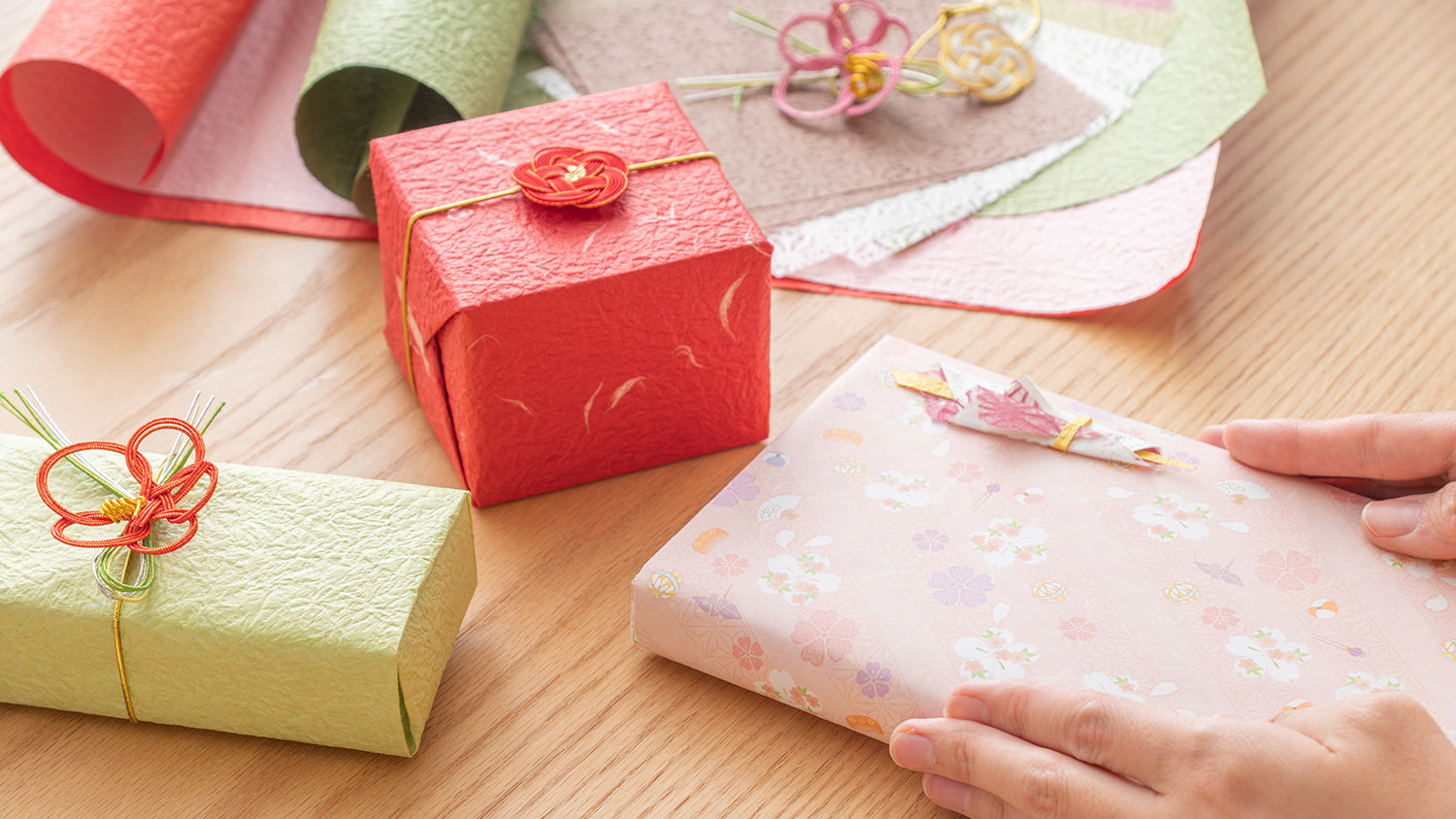
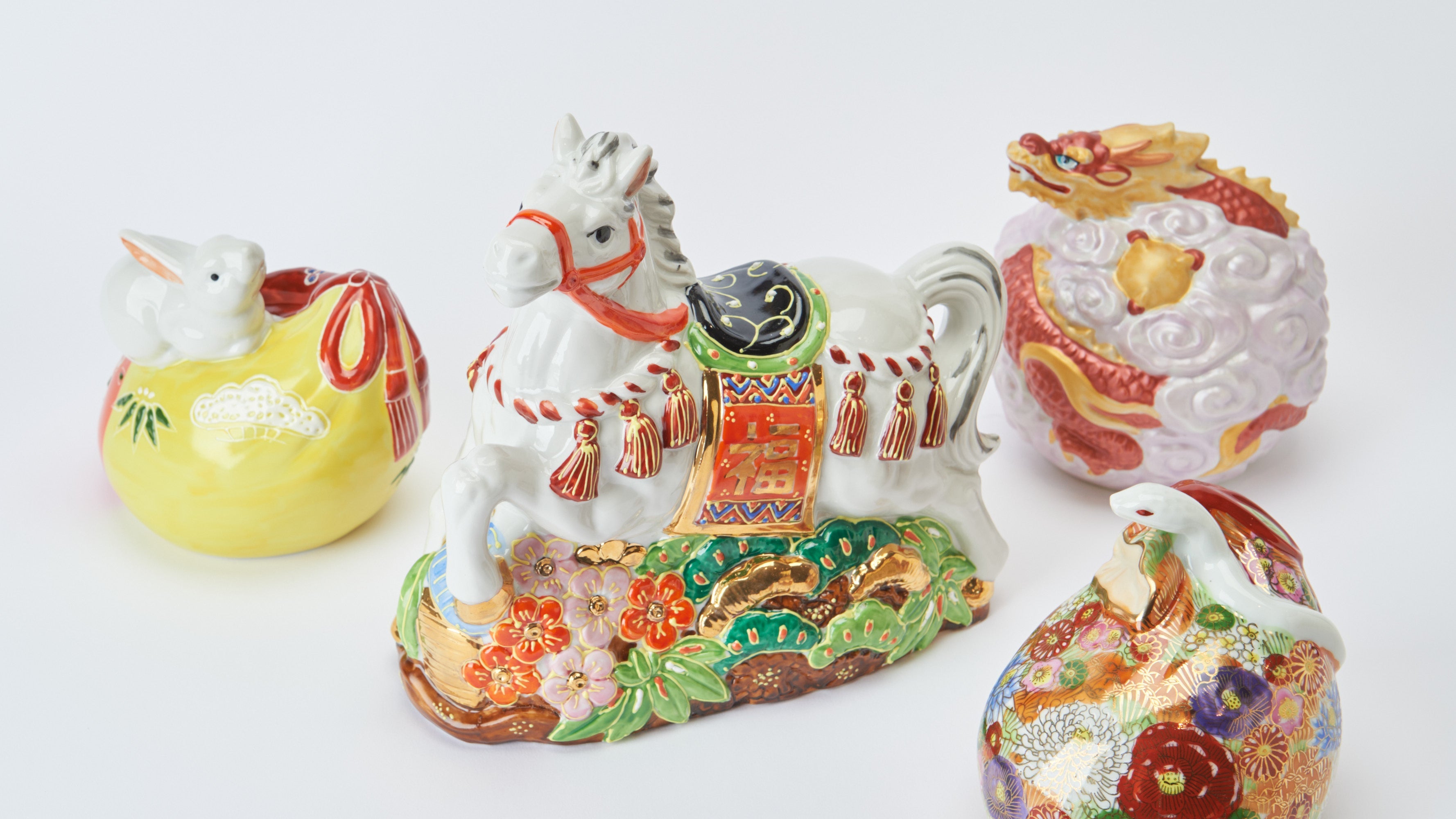
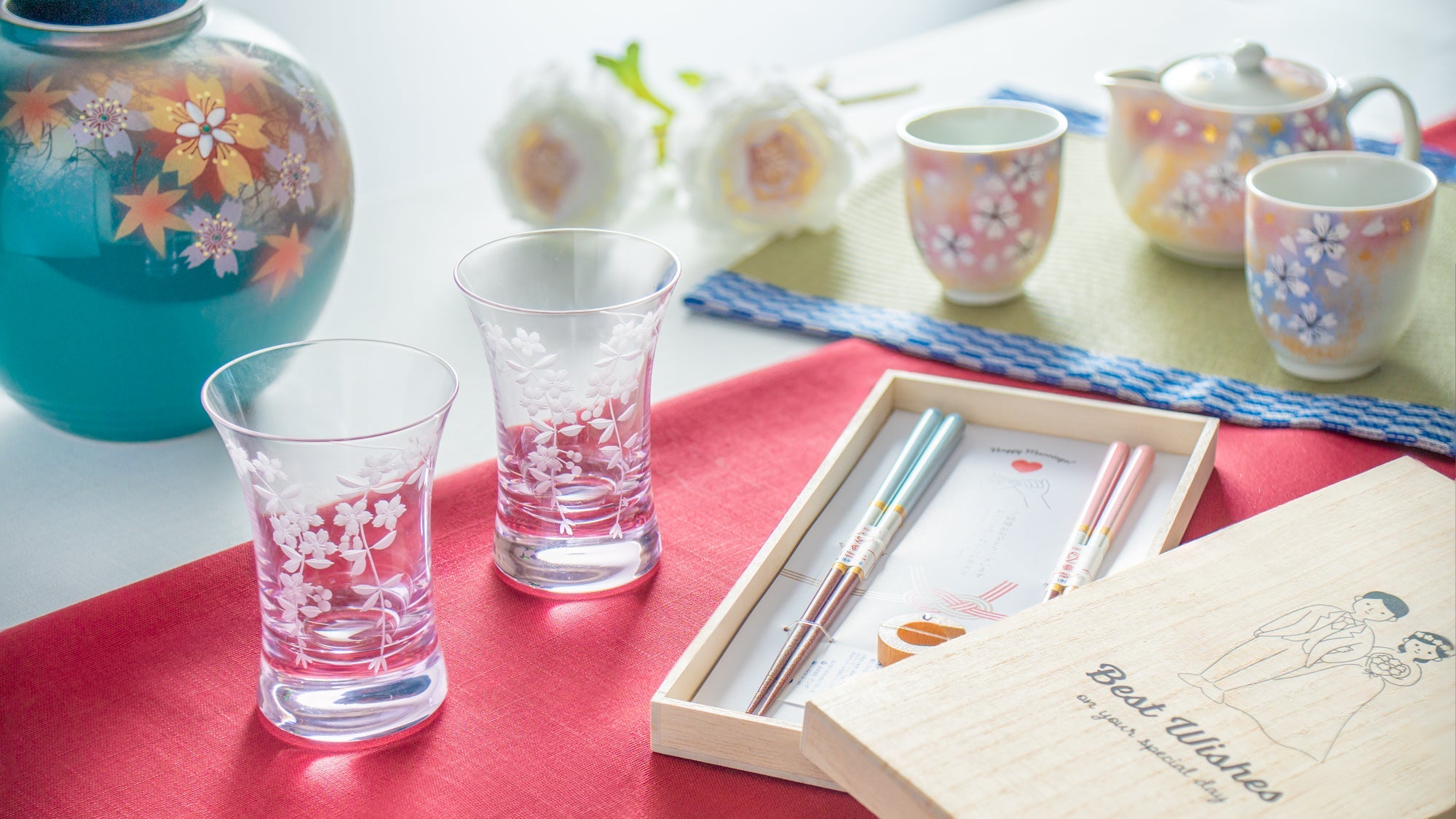

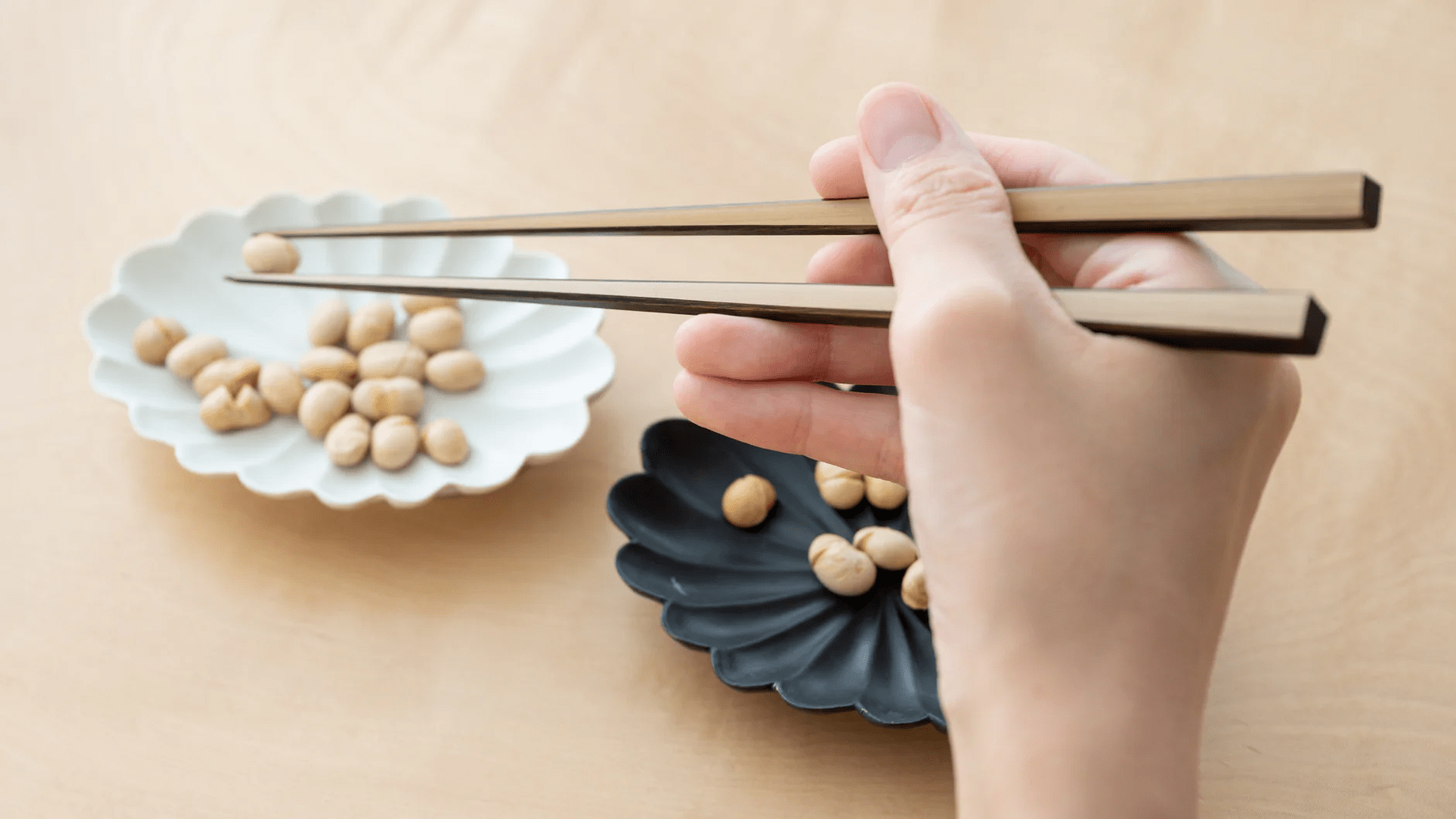
Leave a comment
This site is protected by hCaptcha and the hCaptcha Privacy Policy and Terms of Service apply.